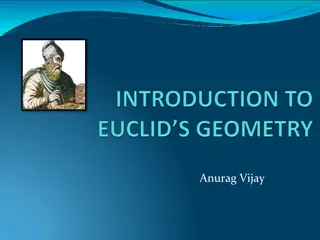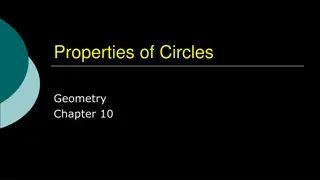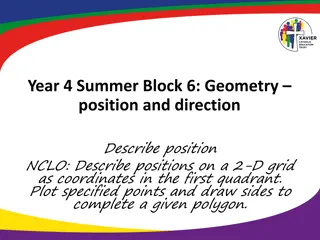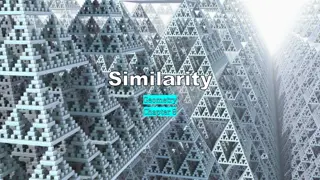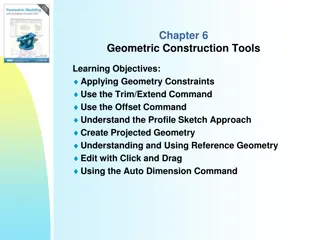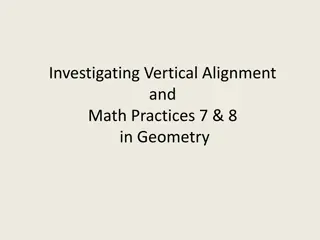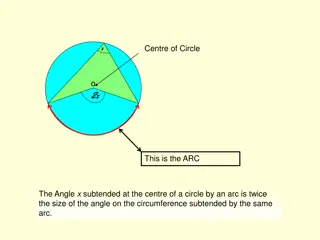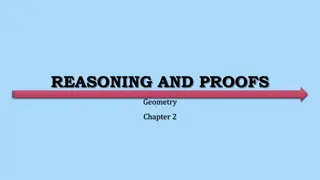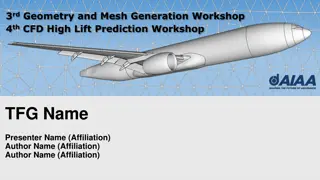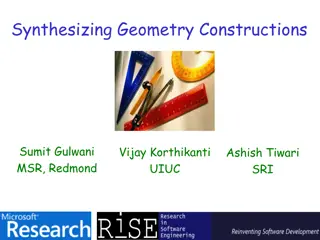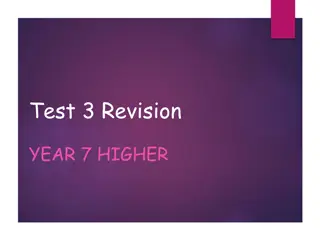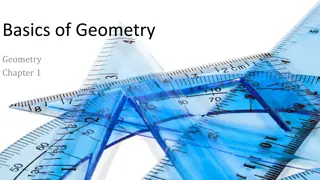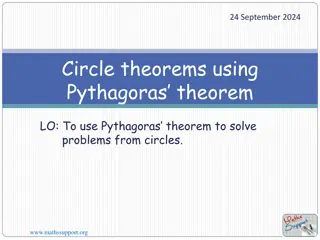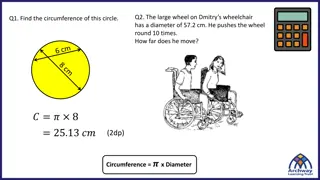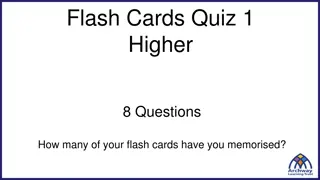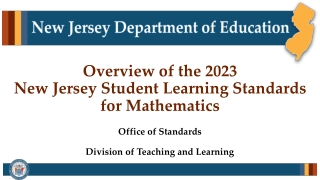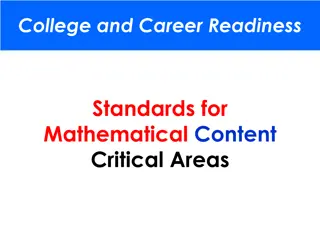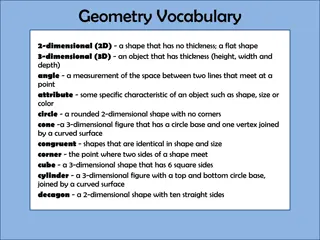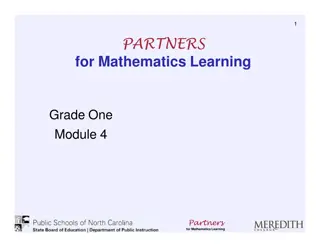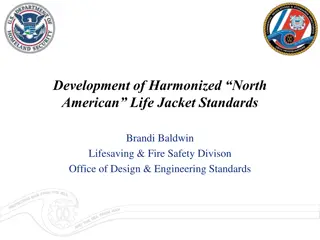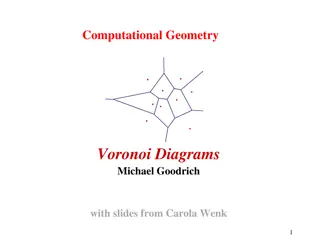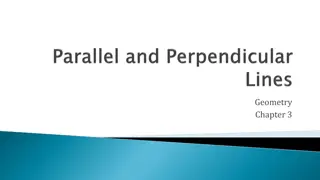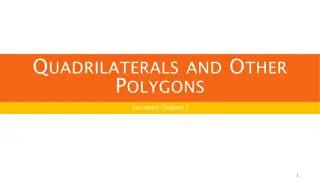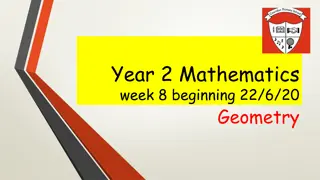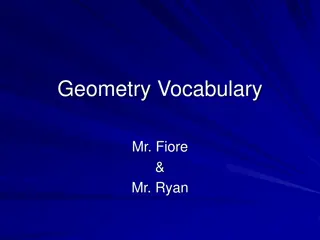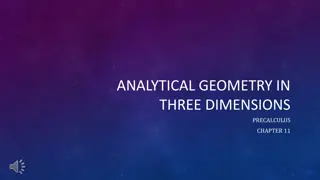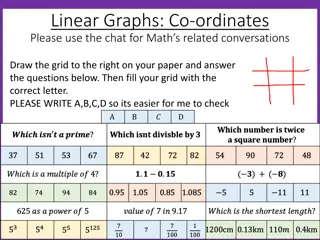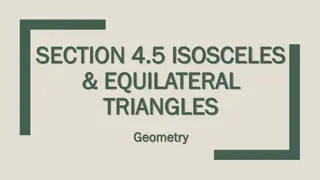Exploring Changes in Geometry Standards: A Comprehensive Overview
Delve into the shifts in geometry standards, including changes in language, concepts like composing and decomposing shapes, and new instructional strategies. Explore the progression of standards from second to fourth grade, vocabulary considerations, and professional learning opportunities for enhancing geometry instruction.
- Geometry standards
- Educational content
- Professional development
- Mathematics instruction
- Shape recognition
Download Presentation

Please find below an Image/Link to download the presentation.
The content on the website is provided AS IS for your information and personal use only. It may not be sold, licensed, or shared on other websites without obtaining consent from the author. Download presentation by click this link. If you encounter any issues during the download, it is possible that the publisher has removed the file from their server.
E N D
Presentation Transcript
Session Goals Explore new NC Standard Course of Study for Mathematics in the areas of Measurement, Data and Geometry Build content knowledge around Categorical and Numerical Data Geometric Levels of Thinking Next Steps: Assignments Geometry Lesson Feedback and Task Enactment (collect student work)
Same or Different? Using the new standards document, compare the current Geometry standards to the new ones. What stayed the same? What changed? What instructional shifts will you have to make to teach the new standards?
Geometry A Summary of changes: New language about composing triangles and quadrilaterals; Decomposing quadrilaterals. What does this mean? Partitioning shapes has been moved to NF standards
Geometry Standards Progression Second Grade Recognize and draw triangles, quadrilaterals, pentagons, and hexagons, having specified attributes; recognize and describe attributes of rectangular prisms and cubes. Third Grade Reason with two-dimensional shapes and their attributes. Fourth Grade Draw and identify points, lines, line segments, rays, angles, and perpendicular and parallel lines. Investigate, describe, and reason about composing triangles and quadrilaterals and decomposing quadrilaterals. Classify quadrilaterals and triangles based on angle measure, side lengths, and the presence or absence of parallel or perpendicular lines. Recognize and draw examples and non-examples of types of quadrilaterals including rhombuses, rectangles, squares,parallelograms, and trapezoids. Recognize symmetry in a two -dimensional figure, and identify and draw lines of symmetry.
Vocabulary Considerations compose/decompose Quadrilateral Rhombus Rectangle Square Parallelogram Trapezoid Angle Attribute
Exploration and Professional Learning Read your article. Using information from the articles and the mosaic puzzle (handout), answer the following questions as a group: How can you use play and exploration to help students... Describe shapes? Classify shapes? Recognize and create examples and non-examples? Reason about how triangles and quadrilaterals are composed and decomposed? Group 1: Article 1 by Pierre Van Hiele Group 2: Article 2
Explore Additional Resources K-5 Instructional Frameworks Article: Never Say Anything a Kid can Say Third Grade Classroom Routines Collection http://tools4ncteachers.com/


